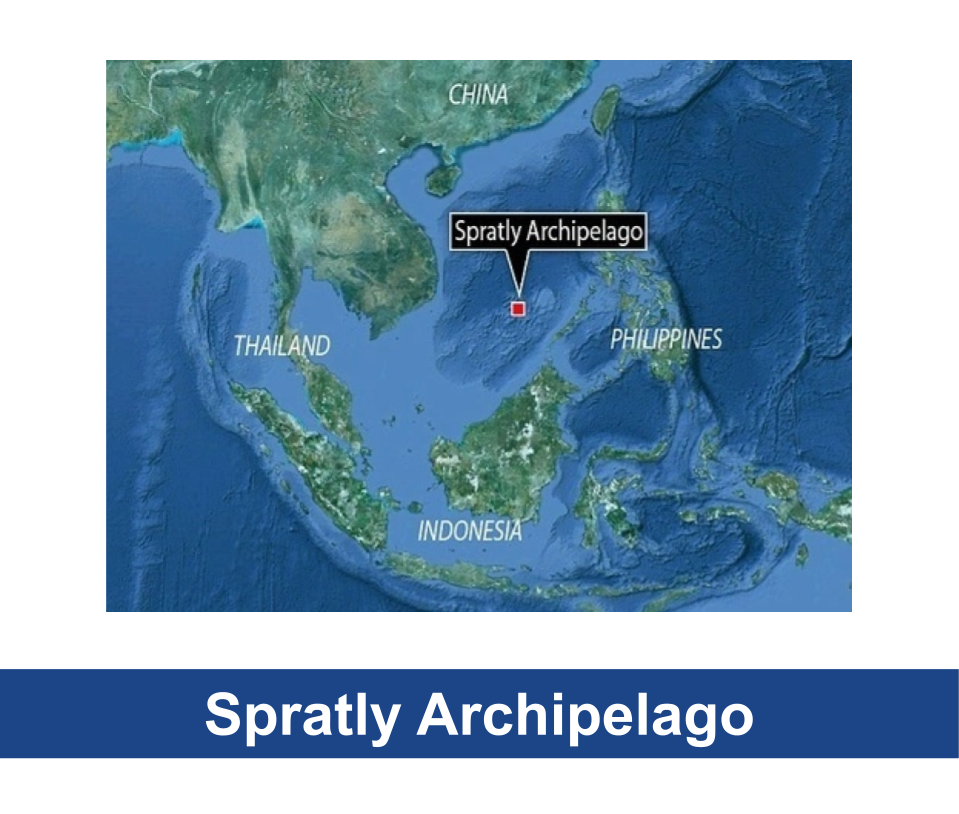Context
Deep beneath the waves of the South China Sea, USS Neptune is nearing the completion of its high-stakes operation. After successfully installing advanced seabed sensors at Mischief Reef and Fiery Cross Reef, the Neptune is now quietly approaching Subi Reef. Positioned just a few nautical miles from the start of its deployment area, the Neptune maintains a careful depth of 60 meters, on high alert for Chinese underwater drones.
Minutes before the start of the final sensor deployment at Subi Reef (and four hours to complete it), the anticipation in the Control Room is palpable. Suddenly, a PA alert tone breaks the focus:
“Control, this is the Reactor Team. We’ve detected a significant coolant leak in the reactor. Sensor data indicate a rapid decrease in coolant levels in the primary loop and possible breaches in the RPV. Temperatures and pressures are exceeding normal limits, compromising reactor efficiency and increasing the risk of catastrophic overheating. Immediate action is required to stabilize these critical parameters and prevent further complications.”
The urgency escalates with the potential leak in the RPV, risking radioactive contamination – an event that would necessitate an immediate reactor shutdown, rendering the submarine inoperative and jeopardizing the mission. As the crew rushes to assess the leak’s source and formulate response strategies, the tension in the Control Room mounts. Every decision now is critical, with the integrity of the submarine, the safety of the crew, and the success of the mission all at stake.
Task
Choose the best option to manage the coolant leak while balancing health & safety and mission imperatives.
Options
Discuss and fully consider the options below as a team.
 Surface to Vent Heat
Surface to Vent Heat
In a bold maneuver to rapidly cool the overheating reactor, the submarine ascends to periscope depth for a preliminary stealth check before fully surfacing. Transitioning from 60 meters below to sea level, the speed adjusts to moderate for the ascent and reduces near the surface to minimize exposure. This option, while offering immediate cooling and the potential for external aid, starkly increases the risk of detection and disrupts the sensor deployment mission. Within a mere 15 minutes, this rapid response could either stabilize the situation or expose the submarine to hostile threats, balancing immediate reactor relief against significant mission and crew safety risks.
 Internal Repair Attempt
Internal Repair Attempt
The crew opts for discretion, decreasing the submarine’s depth to 40 meters to facilitate internal repairs while reducing the operational speed from 5 knots to 3 knots. This approach prioritizes stealth, aiming to repair the coolant leak within an estimated 2-3 hour window. The risk of detection remains minimal, ensuring a high likelihood of completing the sensor deployment on schedule. However, the crew faces moderate safety risks due to potential exposure to hazardous conditions within the reactor area.
 Reroute Power to Auxiliary Systems
Reroute Power to Auxiliary Systems
Dynamic and decisive, the submarine alters its depth between 50 to 70 meters, simulating natural ocean movements by varying speed within low stealth parameters. This tactical diversion of power from non-essential to essential systems is implemented almost instantaneously, enhancing coolant system operation to stabilize the reactor’s temperature. While this action maintains a good chance of mission completion and poses only a moderate detection risk, it serves as a temporary fix, continuously straining other submarine systems but ensuring ongoing operational integrity.
 Use of Emergency Coolant Reserves
Use of Emergency Coolant Reserves
In an immediate response to the reactor’s distress, emergency coolant reserves are injected, keeping the submarine stable at 60 meters with readiness for an urgent ascent if necessary. The speed remains at 5 knots, aimed at maintaining stealth while the cooling effect kicks in. This swift action, effective for up to two hours, allows the mission to potentially continue, albeit under the shadow of moderate detection risk and temporary relief. The crew benefits from enhanced safety during this critical period, though the lingering issue of the unresolved leak looms as a future threat.
 Seal Off Affected Section
Seal Off Affected Section
Choosing to contain the threat internally, the crew increases the submarine’s depth to 80 meters and further reduces its speed to from 5 knots to 2 knots to secure the integrity of the sealed section. This process, completed in about 45 minutes, effectively isolates the coolant leak, preserving the vessel’s overall functionality. The risk of detection remains low, with a moderate impact on sensor deployment. This method prioritizes structural and operational integrity, significantly enhancing crew safety by mitigating immediate risks, although it complicates future repair efforts by limiting access to the affected area.
 Evacuate the Submarine
Evacuate the Submarine
Faced with escalating risks, a decision is made to evacuate the submarine, initiating a controlled ascent to the surface while increasing speed from 5 knots to 10 knots to reach safety quickly. This drastic measure, which will take up to two hours to complete, prioritizes crew safety above all, significantly abandoning the mission while increasing the risk of detection. The abandonment of both the reactor repair and the sensor deployment underscores the severity of the situation, focusing entirely on avoiding any health and safety risks to the crew.
Decision
After carefully assessing all of the options above, as a team choose the best option (select one below) to manage the coolant leak while balancing health & safety and mission imperatives. Your team must wait until there are 2 mins or less remaining before selecting its decision.
Click to Select Option 1
Click to Select Option 2
Click to Select Option 3
Click to Select Option 4
Click to Select Option 5
Click to Select Option 6



















